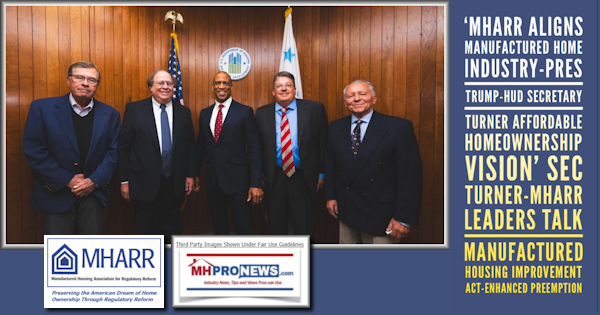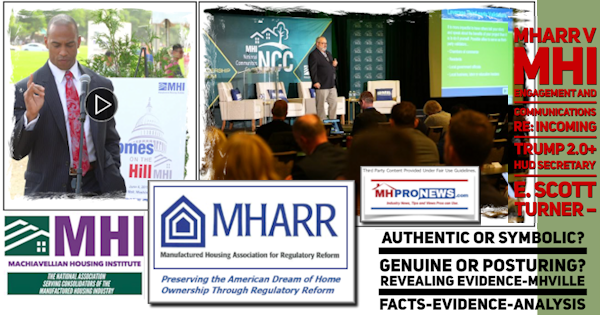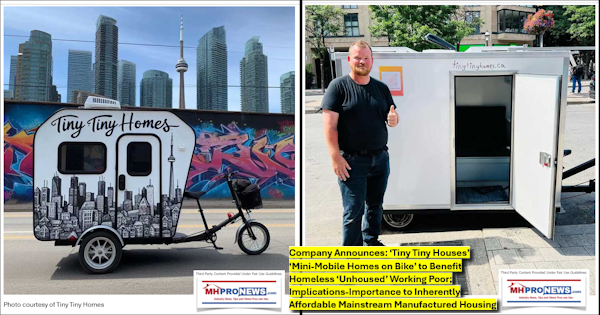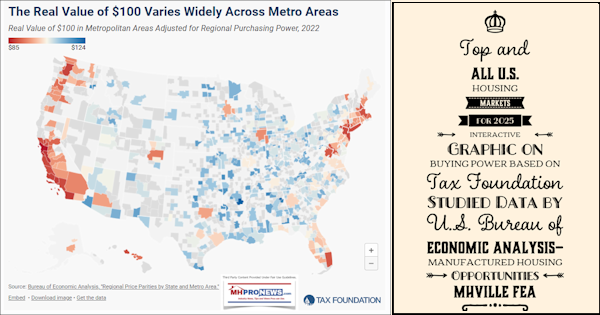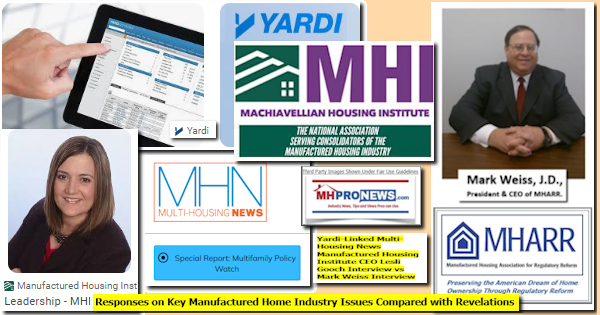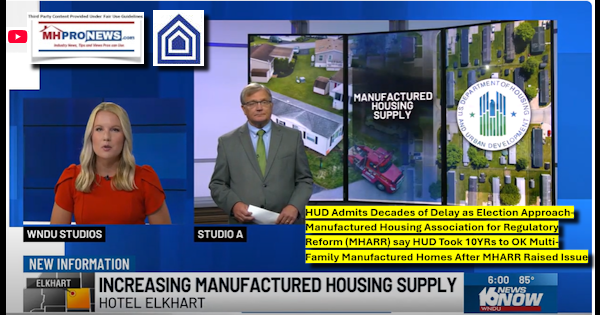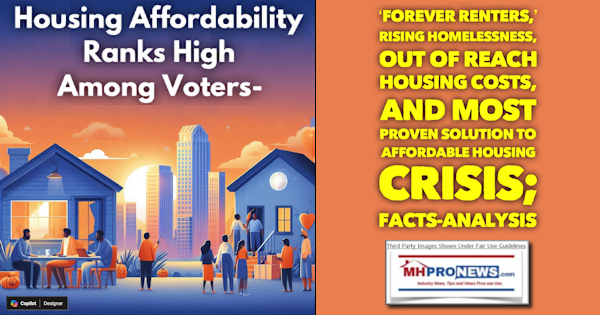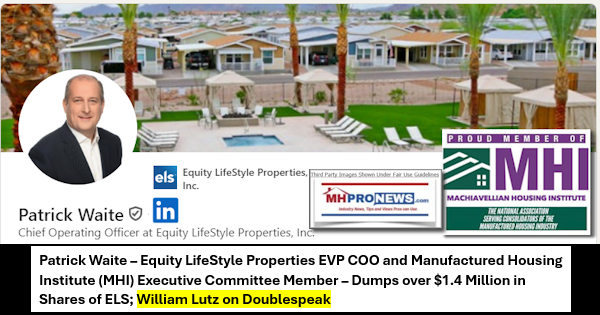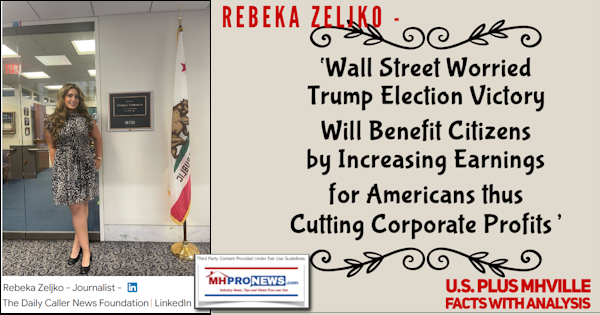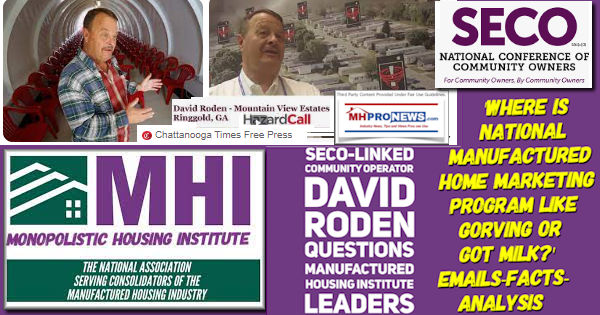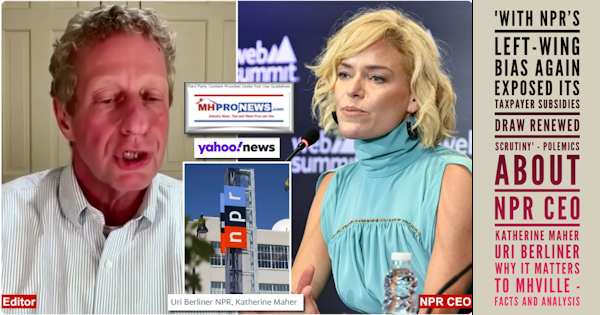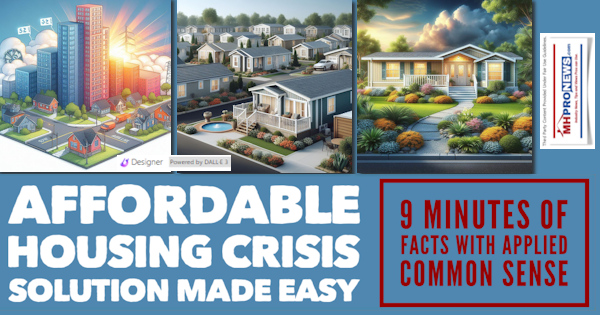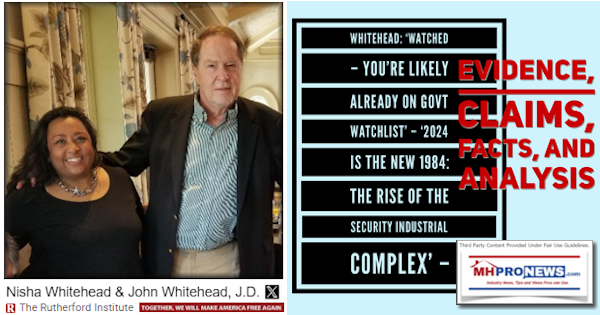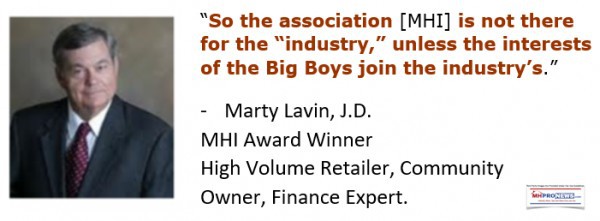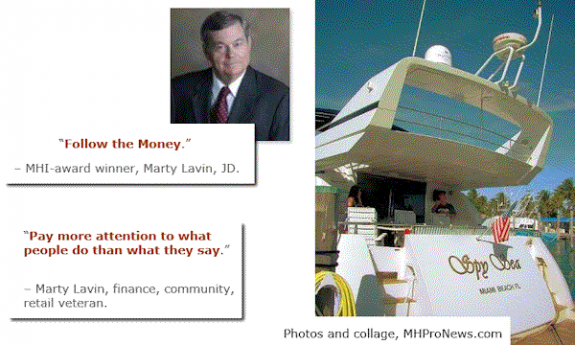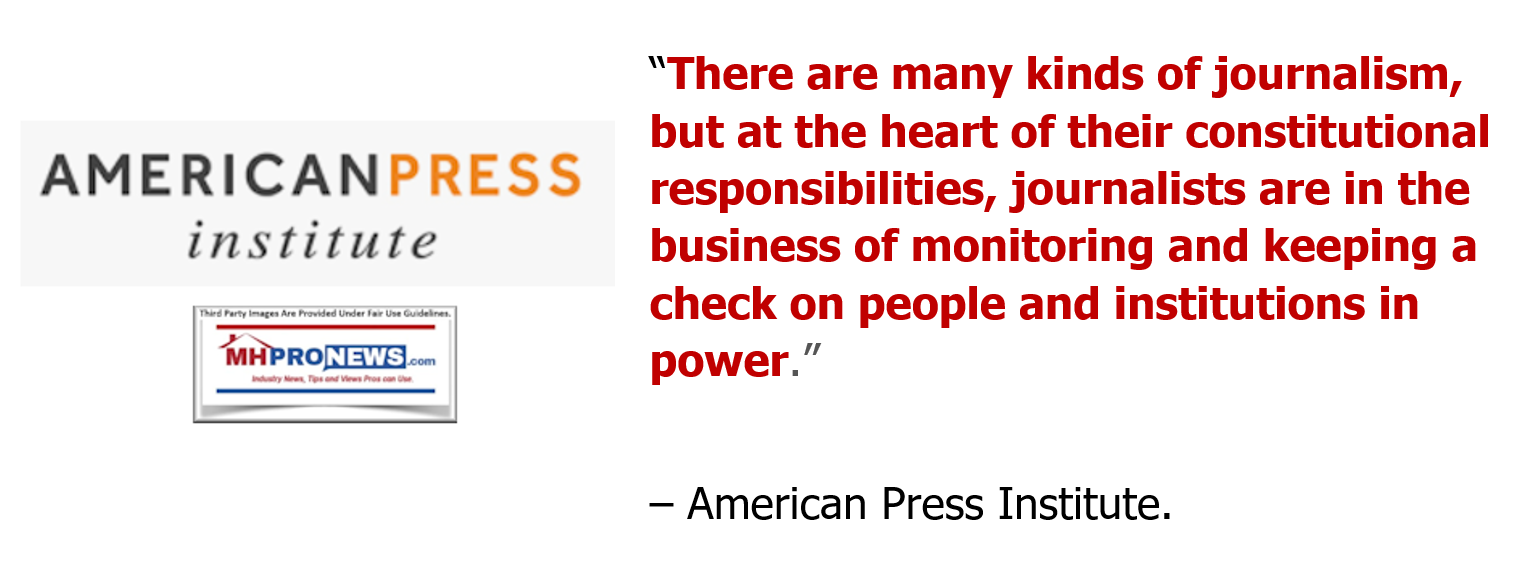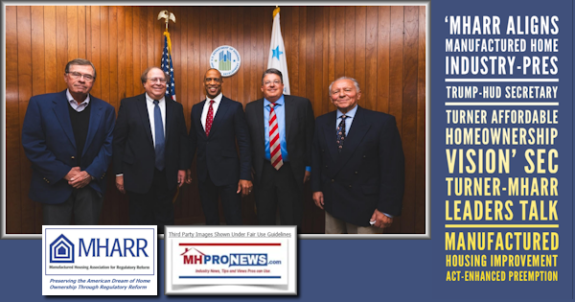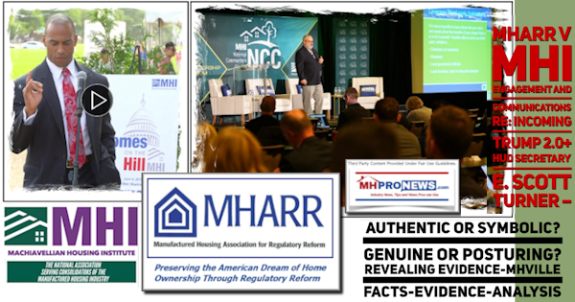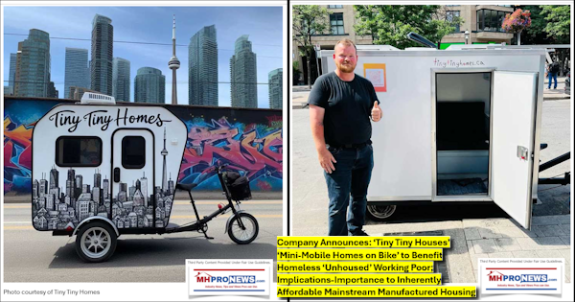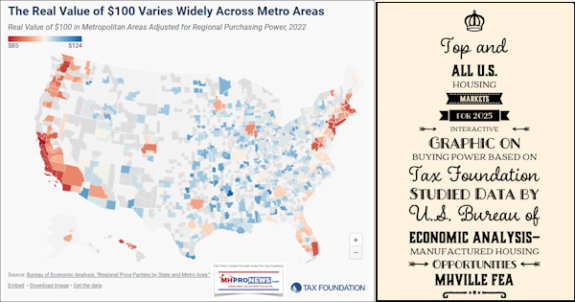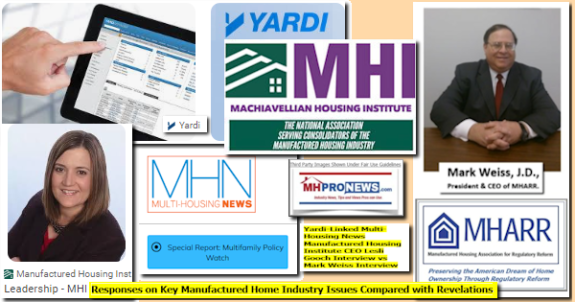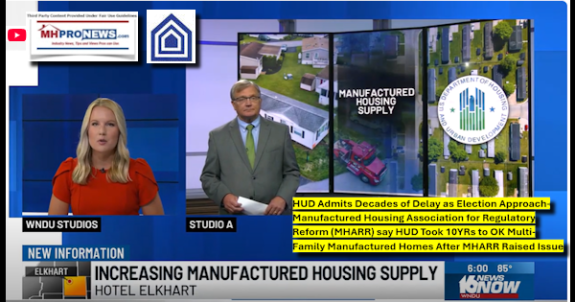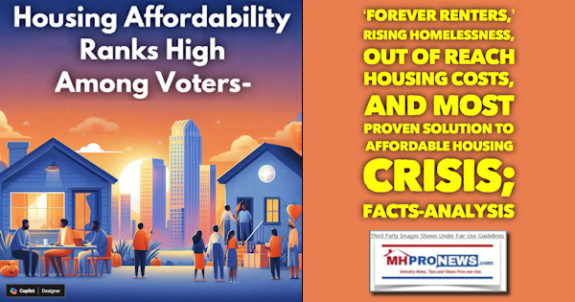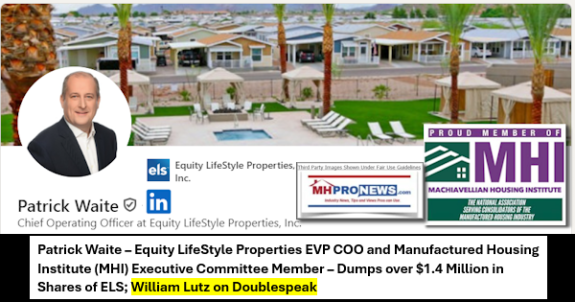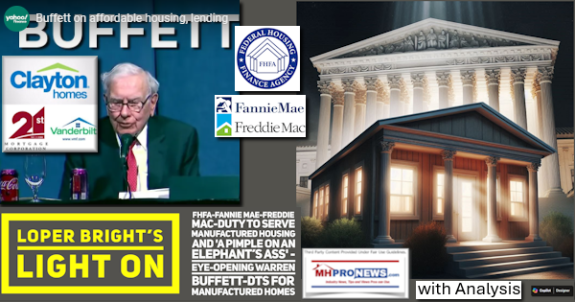According to Spectrum News, “Housing affordability ranked as the third biggest issue for millennials, fourth for Gen Xers and sixth for Baby Boomers.” HousingWire said: “More than 90% of Gen Z adults said that housing affordability is their No. 1 issue heading into the presidential election this fall.” Both of those were June 2024 reports.
As the math previously provided on the MHProNews Masthead at this link here demonstrated, solutions to the affordable housing crisis must be inherently affordable. Over 5 decades of federal or state subsidies for costly housing have demonstrably never solved the housing affordability crisis and it should be obvious by now that they never will. The problem is getting worse.
‘How do you retire if rent is $8,500?’ Orlando real estate agent Freddie Smith asked in a TikTok video earlier this year. That is what Smith says the rent will be as young adults now approach their retirement.
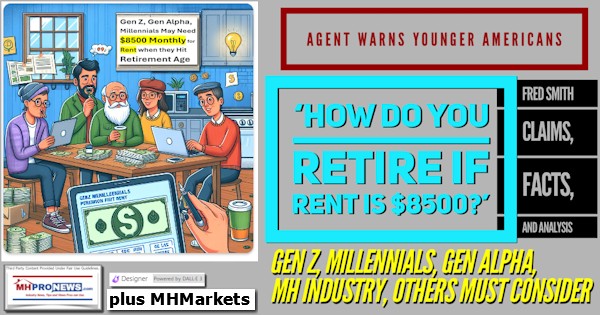
There is a proven answer that won’t bankrupt taxpayers, but first, let’s understand the problems.
“My biggest concern with our country turning into a renters’ economy is: how will the millennial and Gen Zers retire comfortably if they don’t own a house and are going to have to rent forever?” Agent Smith’s and the Federal Reserve supported math indicates rental costs are 4.3 times higher in 2024 than in 1994. Projecting a similar 4.3-times increase thirty years into the future, rent would be some $8,500 monthly for today’s young adults as they near retirement.
Lieutenant Governor David Zuckerman (VT-D) said homelessness is the canary in the coal mine for our economic, moral, and political policies (6.12.2023).
Here are more vexing facts.
- Homelessness in Florida is “rampant” and “growing.”
- States with the Most Homeless (2024): California (171,521) · New York (74,178) · Florida (25,959) · Washington (25,211) · Texas (24,432) · Oregon (17,959).
- “New York, Vermont, and Oregon have the highest rates of homelessness across the 50 states.”
- While drugs or alcoholism may be a factor in homelessness, the lack of affordable housing is the biggest factor. Some 53 to 60 percent of the homeless are employed. Indeed, some who become homeless may turn to drugs or alcohol to cope with their plight.
A lack of affordable housing is costing our economy some two trillion dollars annually. So said Senator Sheldon Whitehouse (RI-D). Whitehouse said that in support of a Democratic plan he curiously admitted wouldn’t solve the crisis.
In the U.S. House, Representative Ilhan Omar (MN-D) is pitching a trillion-dollar plan that if it is carefully examined also won’t solve the housing crisis. Omar’s bill would authorize construction of 12 million new public housing and privately owned rental units. Estimates on the number of housing units needed vary, but 6 to 10 million units needed are plausible. With more births than deaths plus immigration, Rep. Omar may have a point that 12 million units may be needed.
The Ledger thoughtfully published an op-ed about 6 months ago that cited this statement.
- “Right now, in almost no market in this country, can a [conventional] homebuilder build a house that is affordable for a first-time homebuyer,” National Association of Home Builders CEO Jerry Howard said on Fox Business. “We can’t do it. The costs that are on us make it impossible.”
MSN, Yahoo News, and Planetizen are some aggregators and news sources that republished or plugged that Ledger op-ed.
Not long after that, Deseret News invited a longer and focused set of facts behind existing federal law and the “enhanced preemption” enforcement solution to the housing crisis using inherently affordable modern manufactured homes. Thanks to media coverage, awareness has incrementally increased.
But public officials have apparently not yet budged.
Polk County, FL reportedly has the highest percentage of mobile and manufactured homes in the Florida. U.S. Census data indicates that Florida has one of the highest percentages of mobile and manufactured homes in the U.S.
Based on Consumer Financial Protection Bureau (CFPB) generated HMDA data Polk County, FL is the number three county in the U.S. for manufactured home loans. Fresh data reveals some 1,273 loans for an average amount financed of $168,695.99 were originated.
The Manufactured Housing Association for Regulatory Reform (MHARR) says Florida is the #2 state in the U.S. for new manufactured home shipments.
Those facts obviously haven’t hurt conventional housing values, as numerous studies, the Urban Institute citing FHFA data, and HUD have repeatedly demonstrated that manufactured homes and conventional housing appreciate side-by-side.
Arguably among the takeaways from that array of linked facts and insights is this. All sorts of housing are needed. Conventional site-built houses, multifamily housing, tiny houses, modular homes, prefab homes, 3D printed housing, container houses, and manufactured homes. Barring a dubious mass exodus from the U.S. of millions of souls, the U.S. will need millions of inherently affordable housing units. And as the quote from former NAHB CEO Howard above reminds us, conventional builders have already said they can’t achieve the price points or volume needed.
All sorts of new construction are needed to meet the needs. But without millions of new manufactured homes, the affordable housing crisis can’t be solved. Why? Because nothing else makes the math work. HUD researchers indicated they have reviewed 50 years of political promises by both major parties. HUD’s Regina Gray said professionals from nations around the world come to the U.S. to better understand the wonders of American manufactured housing.
The facts and math are clear. To avoid forever renting, to avoid homelessness, we need more inherently affordable housing that doesn’t require taxpayer subsidies. And the laws needed to make this happen already exist.
In Congressional testimony, MHARR member Edward Hussey said: “Following 12 years of study and analysis including the recommendations of the National Commission, Congress enacted the 2000 law…”
A widely bipartisan Congress passed what became the Manufactured Housing Improvement Act of 2000 signed into law by then President Bill Clinton (D).
Zoning is a post-production issue. It is odd then, isn’t it, that the Manufactured Housing Institute (MHI) and the Florida Manufactured Housing Association don’t have on their website the nearly magic words “enhanced preemption” over local zoning barriers? By contrast, MHARR has pages of references to enhanced preemption on their website.
A prominent, and arguably notorious, MHI member (MHP Funds) is Frank Rolfe, who has been spotlighted in an apparently negative way by the Private Equity Stakeholder Project (PESP). Ironically, Rolfe has ripped MHI multiple times and public officials by saying: “So don’t tell me “we can’t solve affordable housing” because the correct statement is “we don’t want to solve affordable housing”. There are too many special interests – both inside and outside the government – to ever let that happen.”
Mainstream media, earnest affordable housing advocates, and public officials who sincerely want to solve the problem – instead of merely posturing as elections approach – need to routinely expose and then fix this nightmare for millions that is costing our nation some $2 trillion a year in lost productivity. If existing laws aren’t routinely enforced, then the evidence is this. Forever renters face homelessness in record numbers. ###
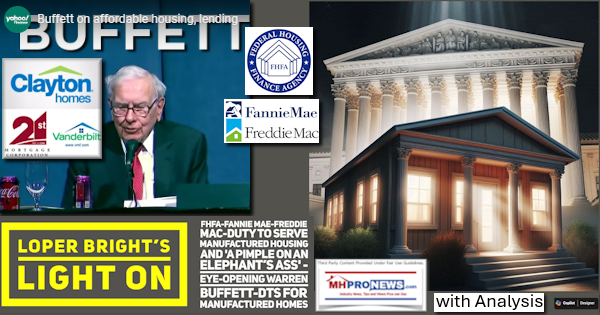
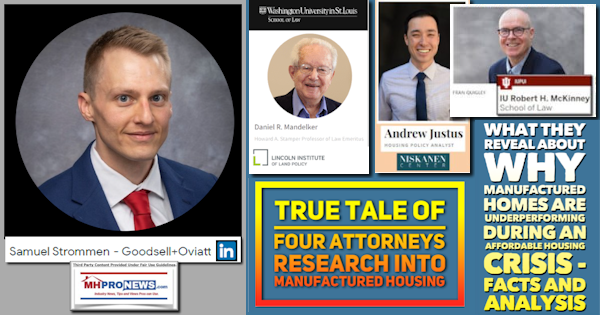

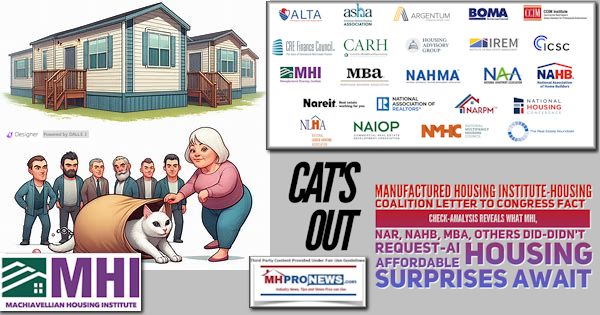

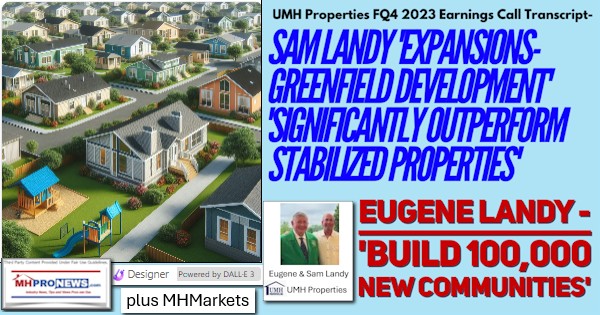
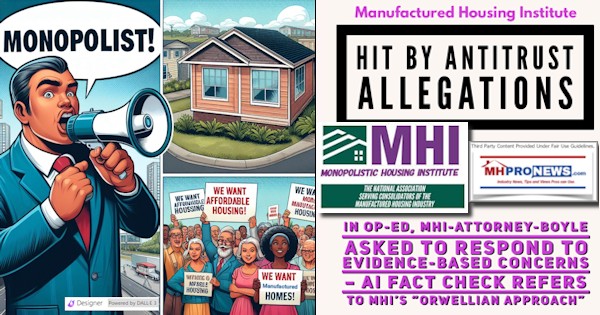

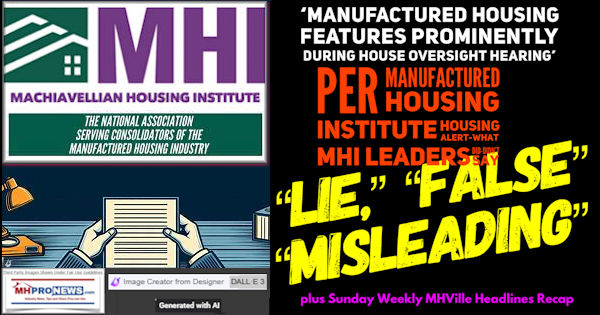
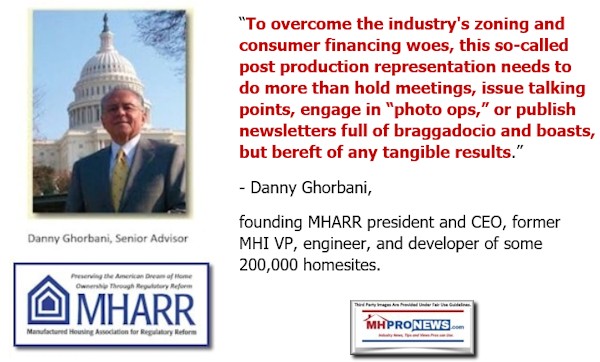
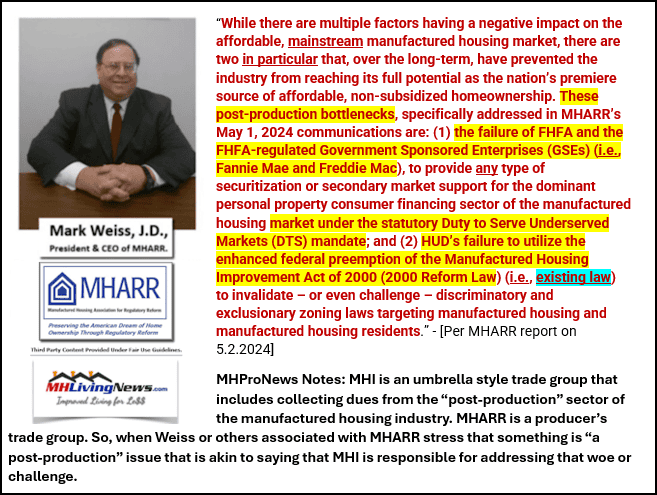


[cp_popup display=”inline” style_id=”139941″ step_id = “1”][/cp_popup]
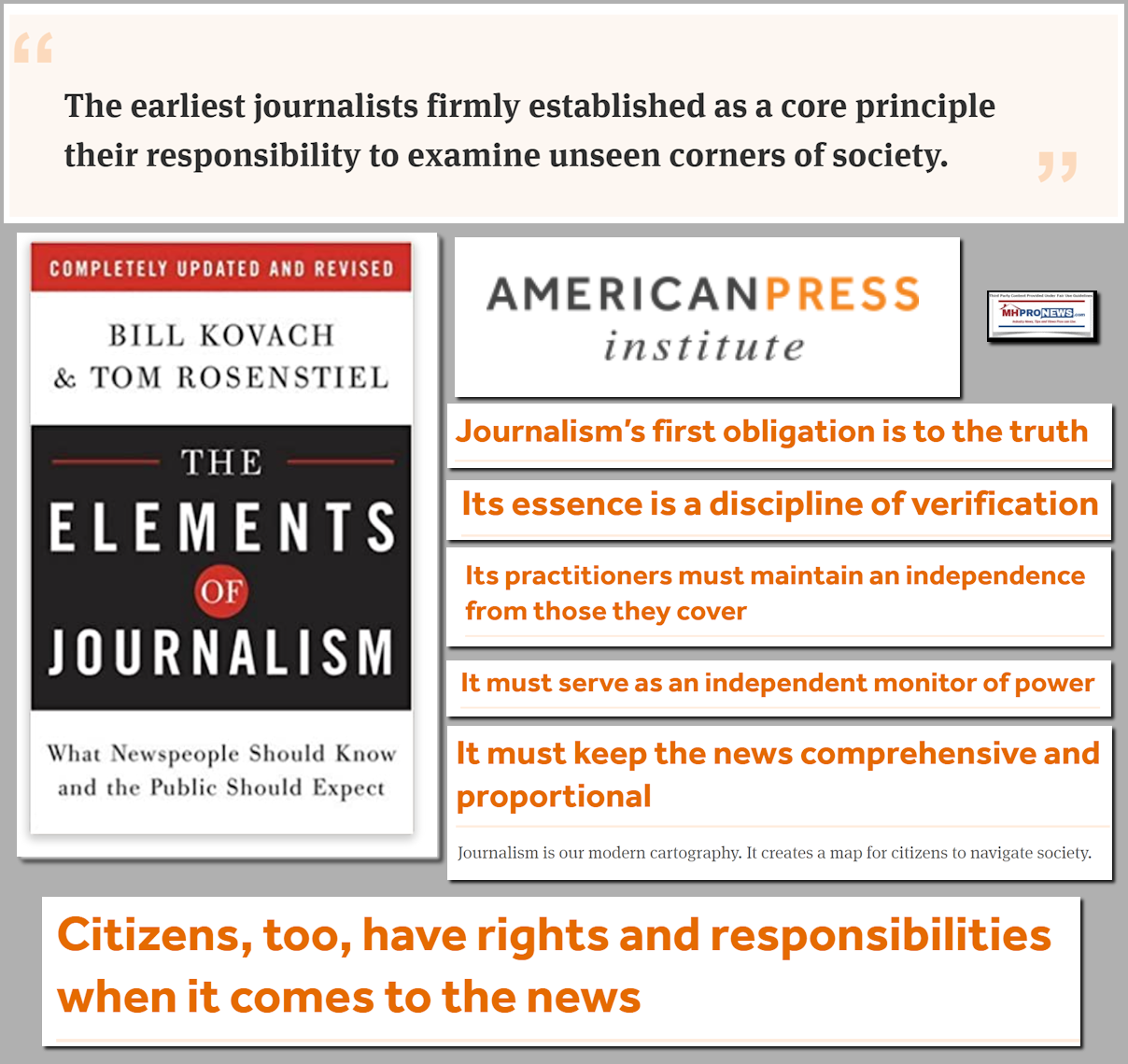
Stay tuned for more of what is ‘behind the curtains’ as well as what is obvious and in your face reporting that are not found anywhere else in MHVille. It is all here, which may explain why this is the runaway largest and most-read source for authentic manufactured home “News through the lens of manufactured homes and factory-built housing” © where “We Provide, You Decide.” © ## (Affordable housing, manufactured homes, reports, fact-checks, analysis, and commentary. Third-party images or content are provided under fair use guidelines for media.) (See Related Reports, further below. Text/image boxes often are hot-linked to other reports that can be access by clicking on them.)

By L.A. “Tony” Kovach – for MHProNews.com.
Tony earned a journalism scholarship and earned numerous awards in history and in manufactured housing.
For example, he earned the prestigious Lottinville Award in history from the University of Oklahoma, where he studied history and business management. He’s a managing member and co-founder of LifeStyle Factory Homes, LLC, the parent company to MHProNews, and MHLivingNews.com.
This article reflects the LLC’s and/or the writer’s position, and may or may not reflect the views of sponsors or supporters.
Connect on LinkedIn: http://www.linkedin.com/in/latonykova

